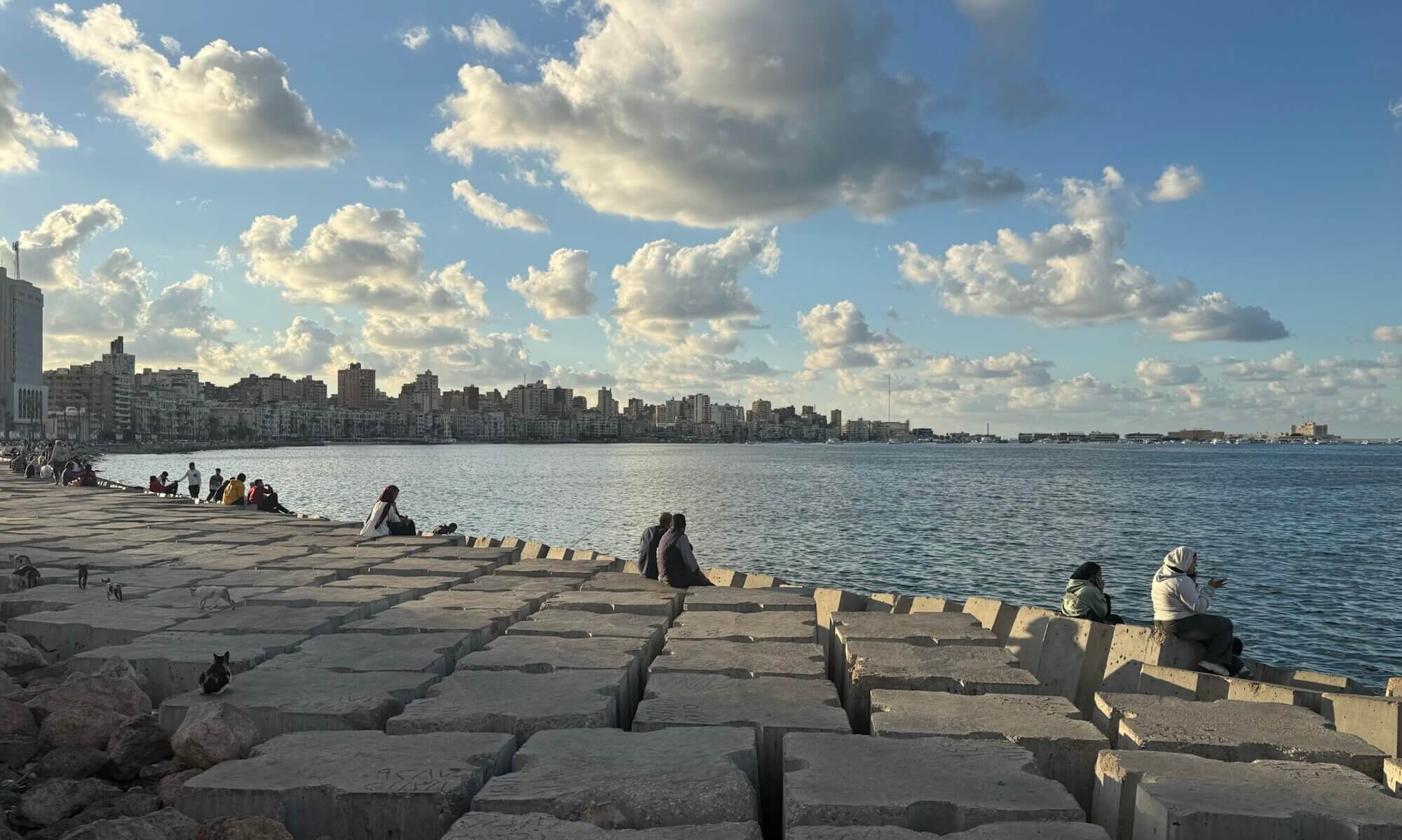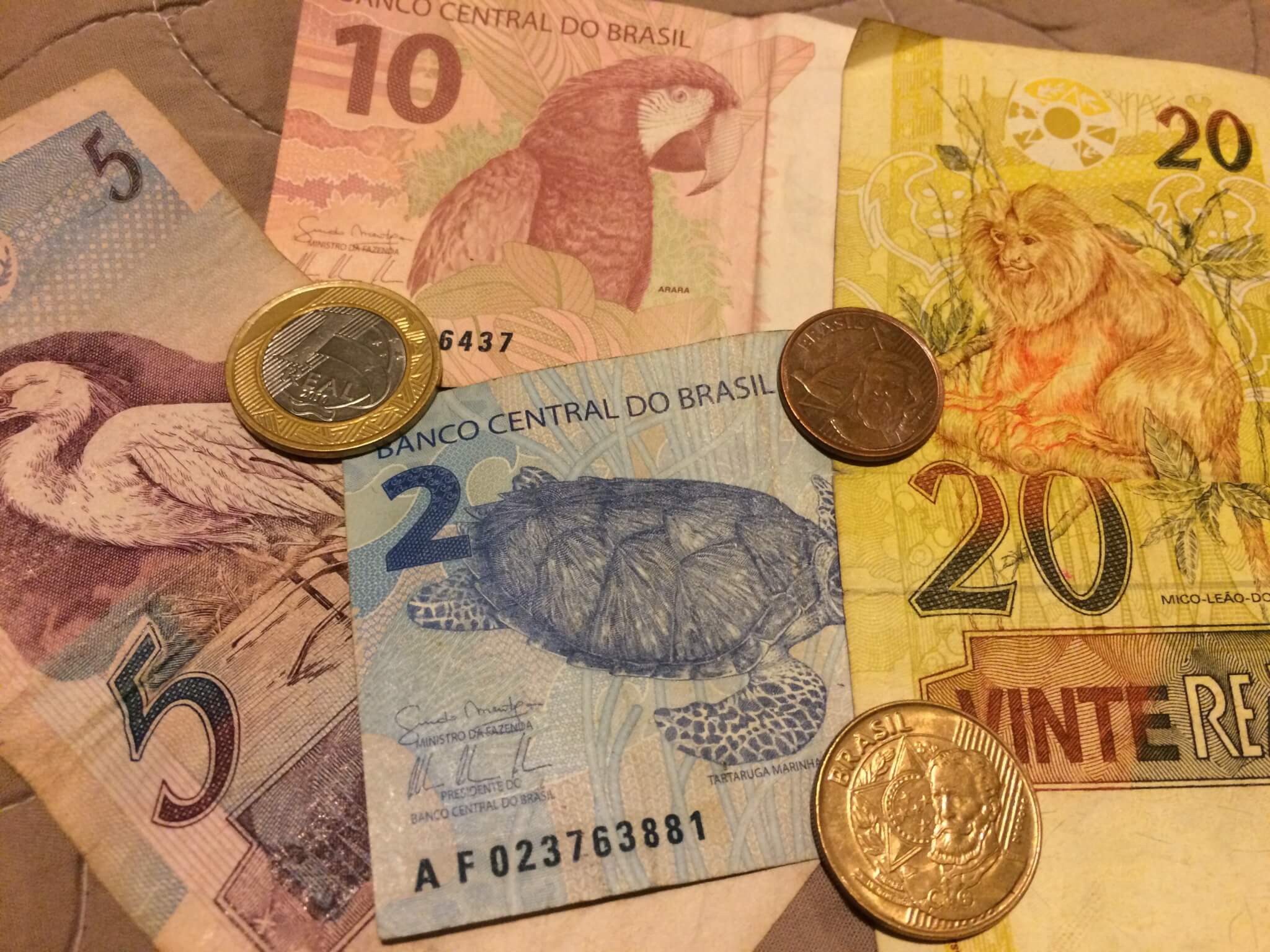The currency of Brazil is the Brazilian Real (plural: Reais, spoken: “Reaisch”). It is maybe one of the most beautiful currencies in the world because it has animals on every bill, showing the deep connection to nature. It has been introduced in 1994 (following the Cruzeiro) and the subunit of a real is the centavo.
Having real in my pocket was a pure necessity. There were lots of places, for example gas stations, where I could pay by credit card; but it was not that reliable. Even some ATMs – especially in Paraty – could not be used with my VISA or MasterCard; on Ilha Grande there isn’t even an ATM. At locations like São Paulo, Angra dos Reis, or Rio de Janeiro in contrast, everything worked fine.
So be prepared to get some money in advance and always keep enough with you.

